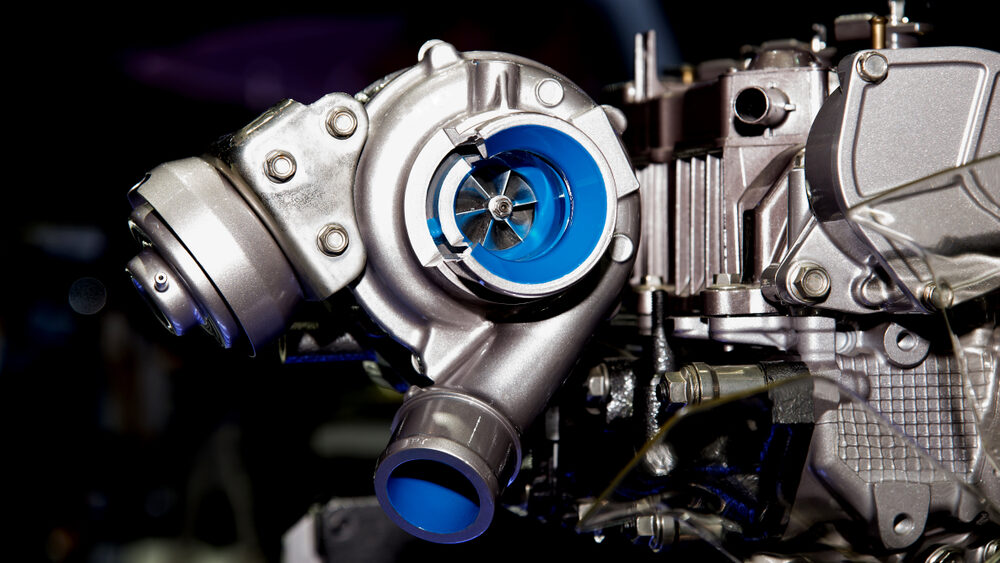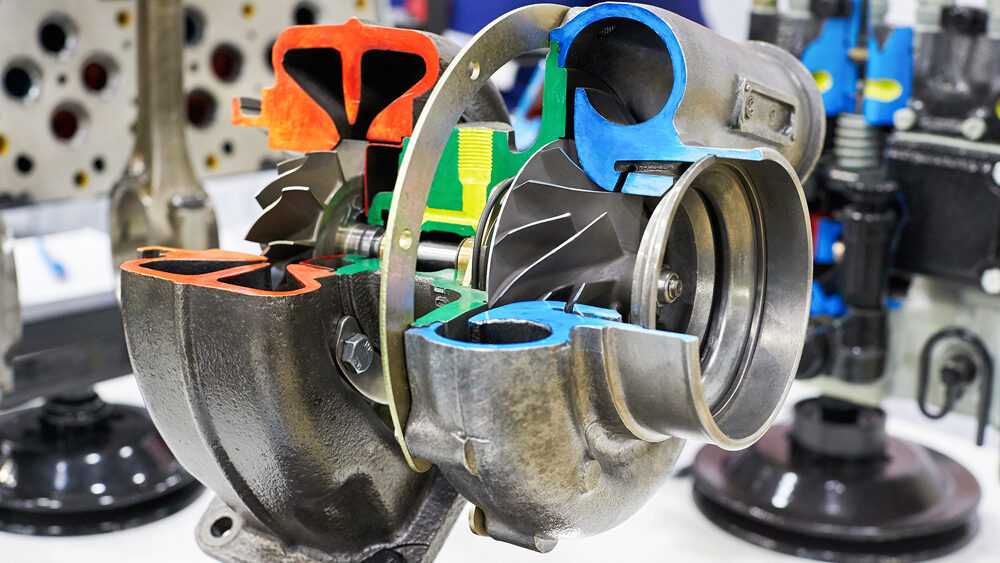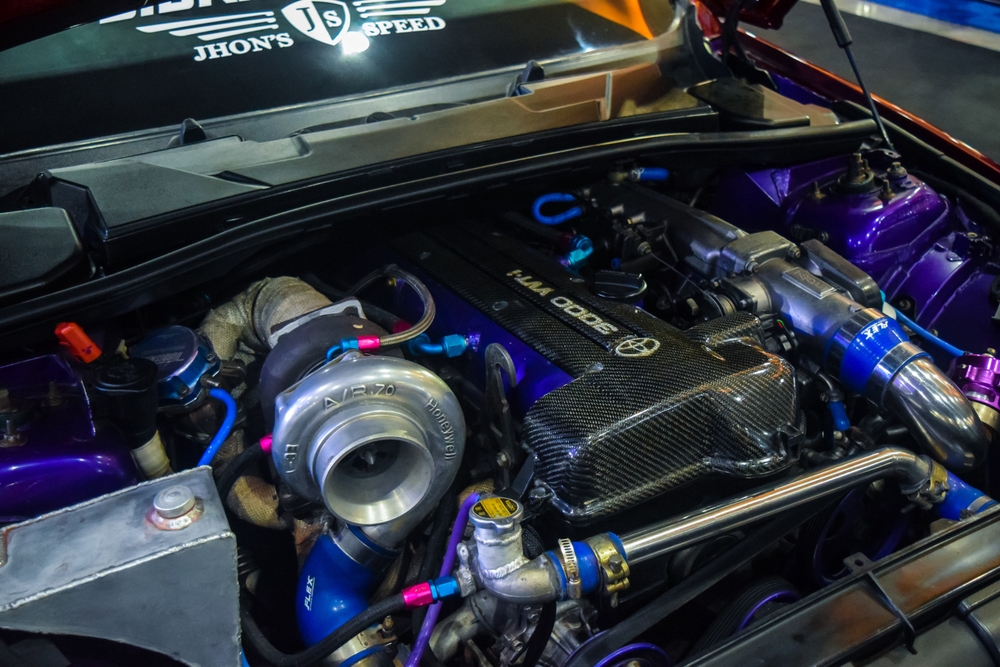Introduction
Within the ever-evolving field of automotive engineering, there is still a passionate and enduring debate concerning naturally aspirated and turbocharged engines. These various powertrain combinations, each with a unique set of advantages and disadvantages, perfectly capture the variety of approaches to performance optimization. The decision between turbocharged and naturally aspirated engines is crucial since it determines the driving experience and personality of a car, regardless of preference for effortless responsiveness or brute force. By thoroughly investigating these engine types, enthusiasts can better understand the subtleties underlying the differences in performance between them, which will lead to a greater understanding of the engineering creativity that propels automotive innovation.
Experiencing the Force of Turbocharged Motors
Turbocharged engines, which are highly praised for their powerful performance, utilize forced induction to increase output and improve efficiency. The turbocharger, a compressor powered by exhaust gases that forces more air into the engine’s combustion chambers, is the centerpiece of a turbocharged powertrain. A larger volume of fuel can be burned thanks to the compressed air, increasing power output and torque delivery. The capacity of turbocharged engines to produce remarkable amounts of horsepower and torque over a wide range of engine speeds is one of their most notable features. Vehicles with turbochargers are ideal for aggressive driving and high-speed manoeuvres because of their powerful acceleration and strong performance. Additionally, by maximizing the energy extracted from each combustion cycle, turbocharged engines can provide increased fuel efficiency.

Accepting the Allure of Engines With Natural Aspiration
Naturally aspirated engines, in contrast to their turbocharged counterparts, depend only on atmospheric pressure to force air into the combustion chambers. These engines usually show linear power delivery and a more consistent throttle response when operating without forced induction. Another benefit of not having a turbocharger is that engine designs are simpler and require less maintenance. The smooth power delivery and refined driving characteristics of naturally aspirated engines are highly praised. These engines provide a more engaging driving experience by having a linear power band and plenty of low-end torque, which lets enthusiasts enjoy the feeling of revving through the gears. Furthermore, the lack of turbo lag—the delay in throttle response characteristic of engines with turbochargers—guarantees prompt responsiveness and accurate control.
Performance Dynamics: Natural Aspiration vs. Turbocharged
The performance of naturally aspirated and turbocharged engines can be compared depending on a number of important factors. When it comes to peak power output and torque, turbocharged engines usually perform exceptionally well, which makes them ideal for applications where efficiency is crucial. The turbocharger’s extra boost improves top-end speed and acceleration, leading to remarkable straight-line performance. However, naturally aspirated engines are better suited for enthusiasts who value precise handling and driving dynamics because they have a smoother throttle response and a more linear power delivery. Naturally aspirated powertrains excel in providing an engaging driving experience characterized by seamless power delivery and responsive throttle feedback, even though they may not match the sheer output of turbocharged engines.
Engineering Considerations: Compromises and Trade-offs
There are several compromises and trade-offs when deciding between naturally aspirated and turbocharged engines, each of which meets the needs and preferences of the driver in a different way. Although turbocharged engines have unmatched performance potential, they can also have turbo lag and need more intricate engineering solutions for boost control and heat dissipation. Furthermore, turbocharged engines may be more prone to reliability problems in the long run and frequently have higher production costs. Naturally aspirated engines, on the other hand, have a more linear power delivery, simplicity, and dependability. They might not have the same overall performance as their turbocharged counterparts, though, and they might use gasoline more inefficiently. Furthermore, naturally aspirated options are becoming less common in vehicles as manufacturers prioritize turbocharged engines more and more for their benefits in terms of efficiency and performance.

Conclusion
The contrast between naturally aspirated and turbocharged engines in automotive engineering highlights the range of performance options available to enthusiasts. Naturally aspirated powertrains enthrall with their refined dynamics and linear throttle response, while turbocharged engines dazzle with their high-powered antics and torque-laden acceleration. The decision between naturally aspirated and turbocharged engines ultimately comes down to personal taste, driving style, and performance needs. All offer an engaging driving experience that captures the diverse range of automotive performance, regardless of preference for the mechanical purity of naturally aspirated engines or the brute force of turbocharged power. The debate between naturally aspirated and turbocharged engines will surely endure as enthusiasts continue to delve into the subtleties of engine technology, stoking passion and lively conversations for years to come.

